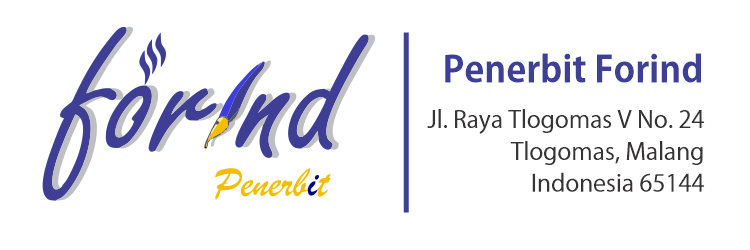EFEKTIFAS PEMINDAI TERMAL UNTUK MENDETEKSI COVID-19
Effectiveness of Thermal Scanner for Detecting Covid-19
Keywords:
Detecting Covid-19 , Effectiveness , Thermal scannerAbstract
Infrared thermal inspection through the use of thermal scanners, has been widely implemented throughout the world. This research aims to analyze the effectiveness of thermal scanners in detecting Covid-19. The research was conducted using a cross-sectional research design with a retrospective approach. This research was conducted in the period January-June 2021. The sample in this study was taken from the total population. Where the number of research subjects is all samples that have met the inclusion and exclusion criteria. The research results show that a high positive likelihood ratio of 15 means that individuals who are confirmed positive for COVID-19 are 15 times more likely to experience fever (temperature above 37.5˚C) than healthy individuals. This implies that a positive thermal scanner is a significant indicator of a confirmed positive SARS CoV-2 test result. Thermal scanners have good sensitivity and specificity in detecting body temperature. Even though there is a decrease in the sensitivity of thermal scanners in a pandemic situation, this research shows that the use of thermal scanners is a crucial effort in detecting body temperature when the virus is transmitted to the majority of the population.
Published
How to Cite
Issue
Section
Copyright (c) 2024 ASSYIFA : Jurnal Ilmu Kesehatan

This work is licensed under a Creative Commons Attribution-NonCommercial-ShareAlike 4.0 International License.
Attribution-NonCommercial-ShareAlike 4.0 International (CC BY-NC-SA 4.0)
You are free to:
- Adapt — remix, transform, and build upon the material
- The licensor cannot revoke these freedoms as long as you follow the license terms.
Under the following terms:
-
Attribution — You must give appropriate credit, provide a link to the license, and indicate if changes were made. You may do so in any reasonable manner, but not in any way that suggests the licensor endorses you or your use.
-
NonCommercial — You may not use the material for commercial purposes.
-
ShareAlike — If you remix, transform, or build upon the material, you must distribute your contributions under the same license as the original.
- No additional restrictions — You may not apply legal terms or technological measures that legally restrict others from doing anything the license permits.




